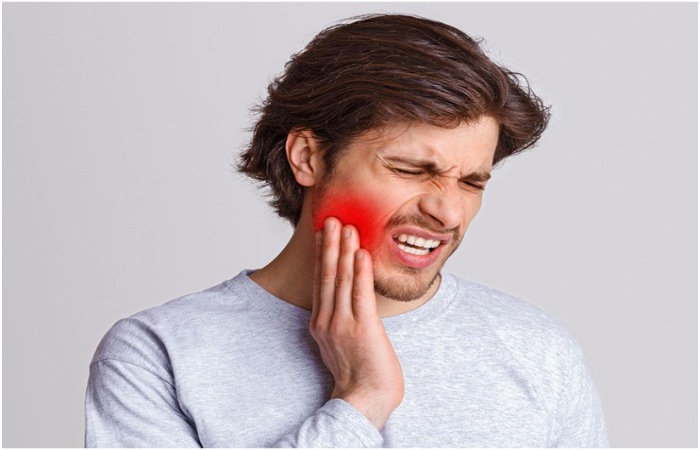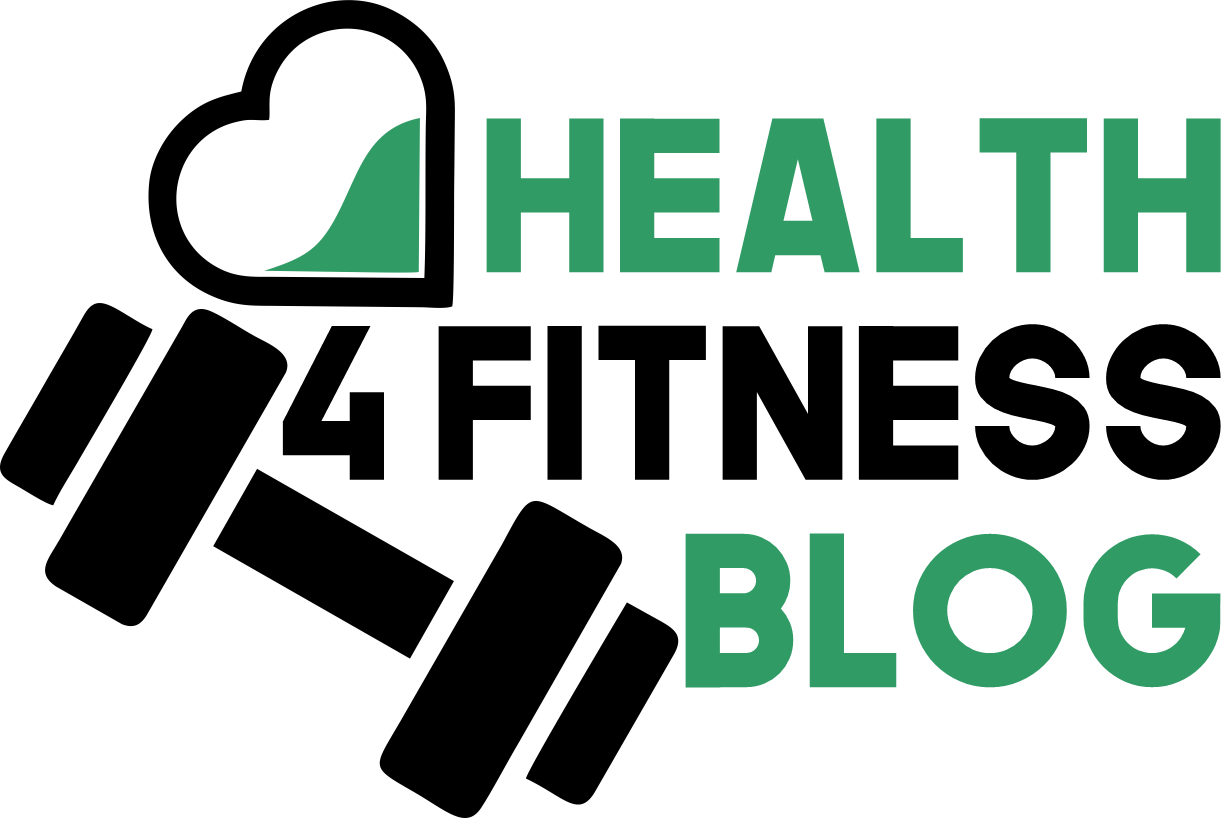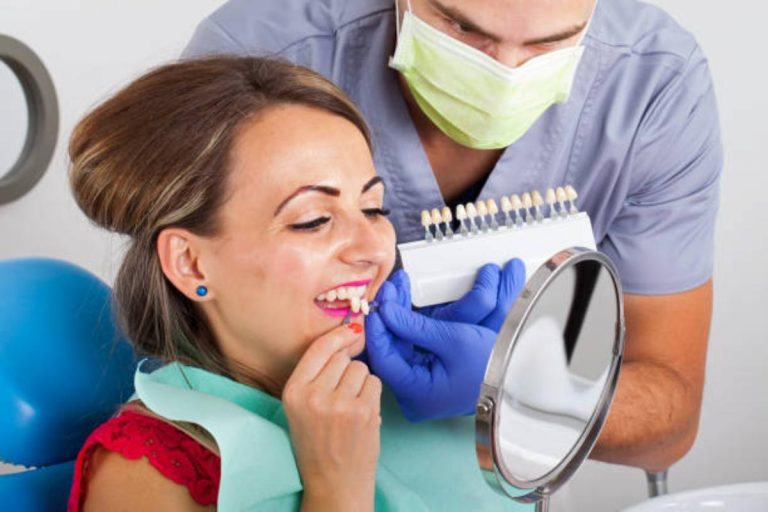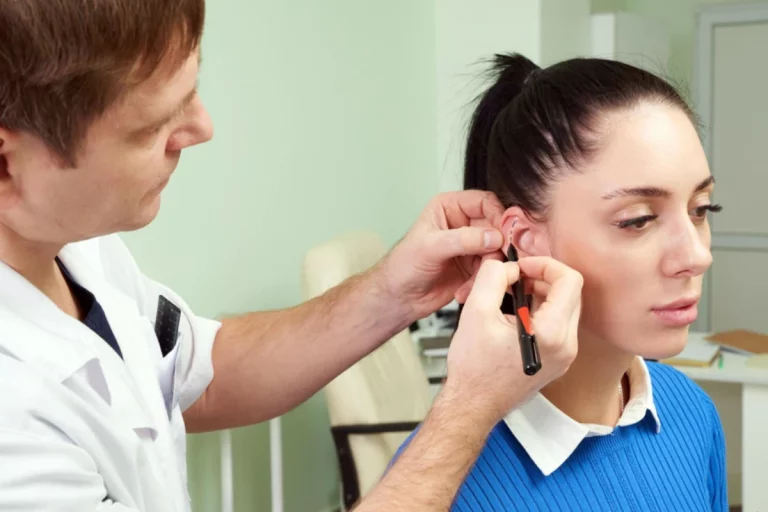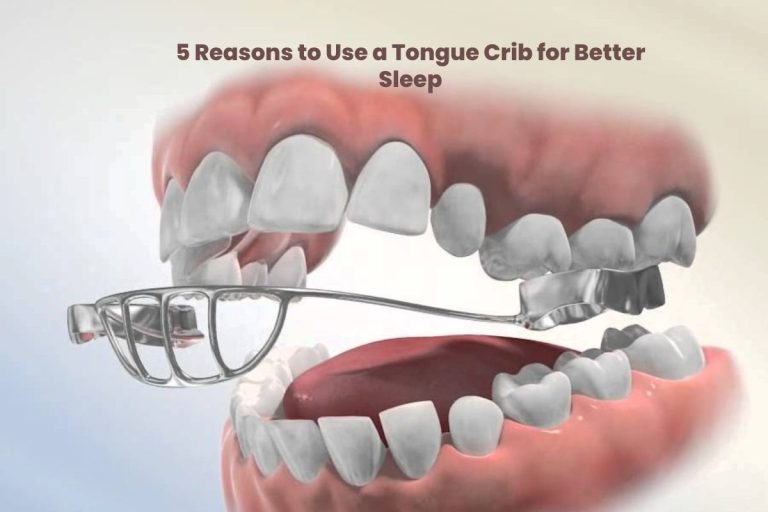People are interested in becoming nurses for many different reasons. Many people say that the most important reason to become a nurse is that the job is rewarding.
Nursing is one of the few jobs where you can really make a difference in someone’s life and maybe even save their life.
Nursing is interesting, but it’s also hard, and people who want to take on that challenge should know that the problems and puzzles they’ll face won’t just come from taking care of patients, but also from the chances they have to move up in their careers.
You might be surprised to learn that being a nurse gives you a lot of career options. If you have the right experience and education, you can go as far as you want and even become a leader.
However, if you want to go far in your nursing career, there are steps you’ll need to take to make sure this happens.
Find out how to be successful in your nursing career by reading on. There is a a huge amount think about, but if you’re ready, you can move forward and be hugely successful.
Ask Questions
There are always new ideas and developments in the medical field; most of the time, these will help nursing in particular.
Yet when things change, like when there are new ways to work or treat a certain illness, it can be hard to know what to do.
This is why you should always ask questions if you’re not sure about something. It’s much better to admit that you don’t know everything and ask for help.
This will help you learn for the future and keep you from making mistakes that could be very dangerous if you work in the medical field.
Everyone sometimes forgets things, especially when there is so much to remember.
Again, even if you’ve done the task before, it’s better to ask if you’re unsure about something than to figure it out on your own.
Not all jobs are like this – some encourage experimentation and new ideas – but being a nurse is different, so it’s important to ask questions.
This will help you in your career because you’ll learn more and more. You’ll also be more able to answer other people’s questions because you’ll know how important it is, and employers will like that.
Take Your Time
You might be enthusiastic about the range of job options when you first enter nursing. When it comes to nursing, there are a ton of alternatives.
Whether you decide on a particular department, a particular nursing specialization or you want to be a generalist and work in a variety of settings, your enthusiasm for the possibilities might become problematic. While having passion is wonderful, it is better to take your time while choosing a career.
If you want to specialize in something, you will need to start at some time, so you can’t wait forever to decide.
There is no need to hurry, though. Suppose the process takes you a few more years to decide what you want to do or to test out many options before making a decision.
In that case, that is far preferable to rushing into a nursing specialty or department that is not a good fit for you once you begin working there. When you take your time, you can consider all the advantages and disadvantages and make sure your decision is the best one.
Additionally, you can research the precise steps necessary to go where you’re going and create a plan of action.
Again, this will take you more time, but once you have that strategy in place and it leads you to a place where you know you’ll thrive, you can start taking your work seriously, and you’ll soon catch up.
Take Learning Seriously
As we’ve already said, the world of healthcare is always changing as new methods, and medical advances are being made.
This means, of course, that the world of nursing will also be changing, and what you learned when you got your first nursing degree might be different a few years or even months later.
Keeping this in mind, it’s important that if you want to do well as a nurse, you work hard at what you’re learning.
You can’t just rely on what you learned in school and any experience you’ve gained as a nurse.
This won’t get you far enough, especially when you consider how much competition there is for higher-level nursing jobs.
As a nurse, it’s important to think about all the ways you can learn, not just the ones that are easiest for you. Journals and blogs on the internet are great, and so are conferences.
So is meeting people and finding a mentor. What’s even better is getting more credentials.
If you look at the online nursing programs at Holy Family University, you’ll see that there are a lot of options, whether you’re just starting out or want to move up in your career.
An online degree is a good idea because you can work at your own pace.
This means you don’t have to rush, which we’ve already seen is a bad idea for a nurse, and you don’t have to give up on your educational goals or quit your job to pursue them.
Don’t forget that these degrees will give you qualifications that will be important if you want to move up in your career, as well as important knowledge.
If you don’t have these certifications, you won’t be able to work in many nursing positions.
Become More Organized
Some people are very organized, while others are less so.
You might think this is just who you are, and there’s not much you can do about it, but if you want to be the best nurse you can be, this is not the right way to think.
Instead, if you want to succeed as a nurse and be as good as you can be, you should learn how to be more organized and make sure you use those organizational skills to move up in your career and help your patients as much as possible.
Look for apps and perhaps other techniques that help you organize your schedule as a good place to start.
The more you do this, the easier it will become to stay organized, and you’ll be able to give enough time and resources to every part of your nursing career and other parts of your life.
